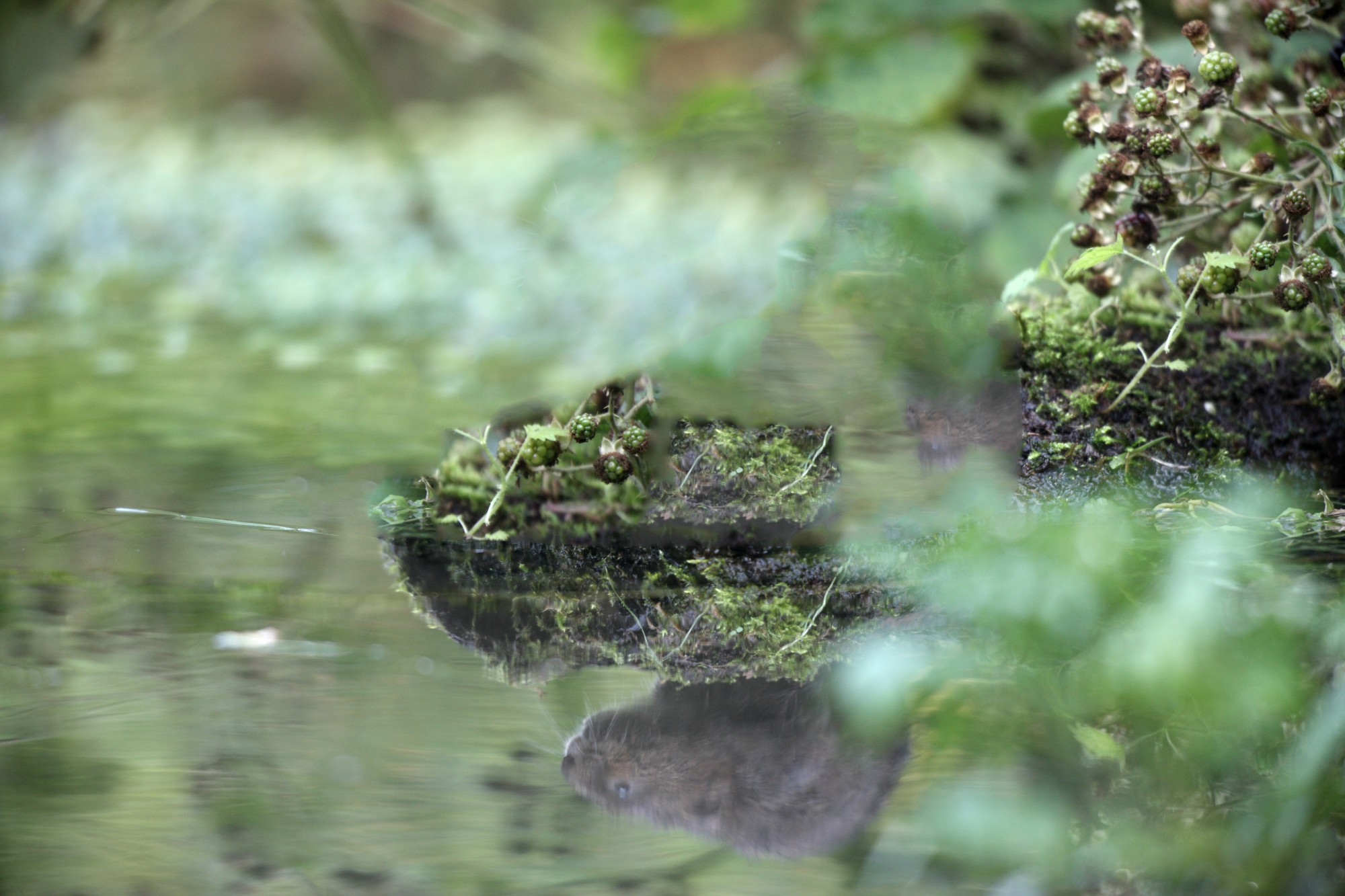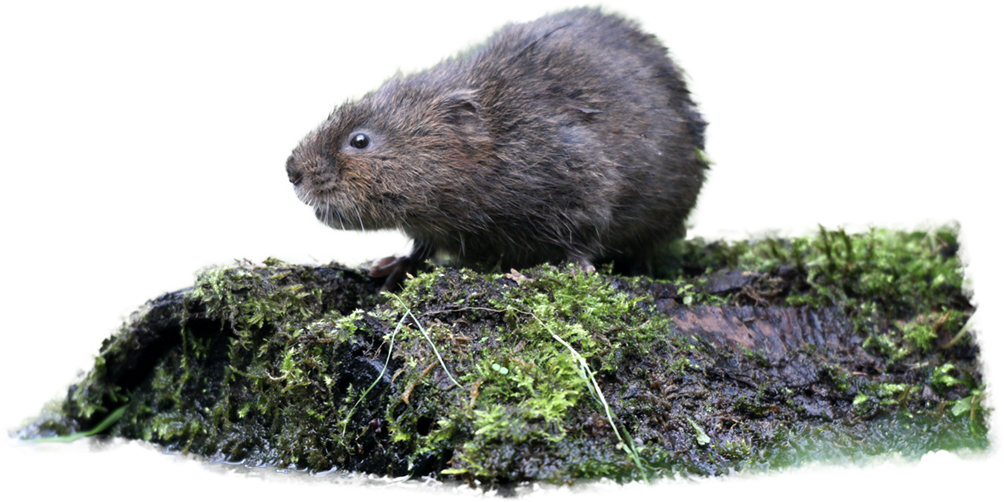Water Vole Surveys and Mitigation
Currently the water vole has a patchy, fragmented distribution throughout Britain, with strongholds in southern and eastern Britain as well as Anglesey, the Isle of Wight, Scotland and some upland areas. The water vole in Britain is associated with riparian habitat, having adopted a semi-aquatic lifestyle. Water voles live in burrows dug into the river bank and feed primarily on vegetation.
Over the last 100 years the water vole has declined dramatically both in numbers and distribution throughout the UK, due mainly to changes in land use and riparian habitat management which have resulted in both habitat loss and degradation. These changes have left water vole populations vulnerable to predation by American mink, drought, flooding, pollution and disease.
Water voles live in colonies spread along watercourses in a series of contiguous territories. They show a preference for sites with wide swathes of riparian vegetation, both on the banks and in the water, with highly layered bank-side vegetation containing tall grasses and stands of vegetation which provide both food and cover. In general a preference is also shown for slow-flowing, relatively deep water courses, with steeper banks that are easy to dig into. Although mainly associated with rivers, water voles can be found inhabiting the banks of canals, lakes, ditches, ponds and reedbeds.



